Long-range mining in the Donbas
Online imagery shows POM-2 mines delivered
Long-range mining in the Donbas
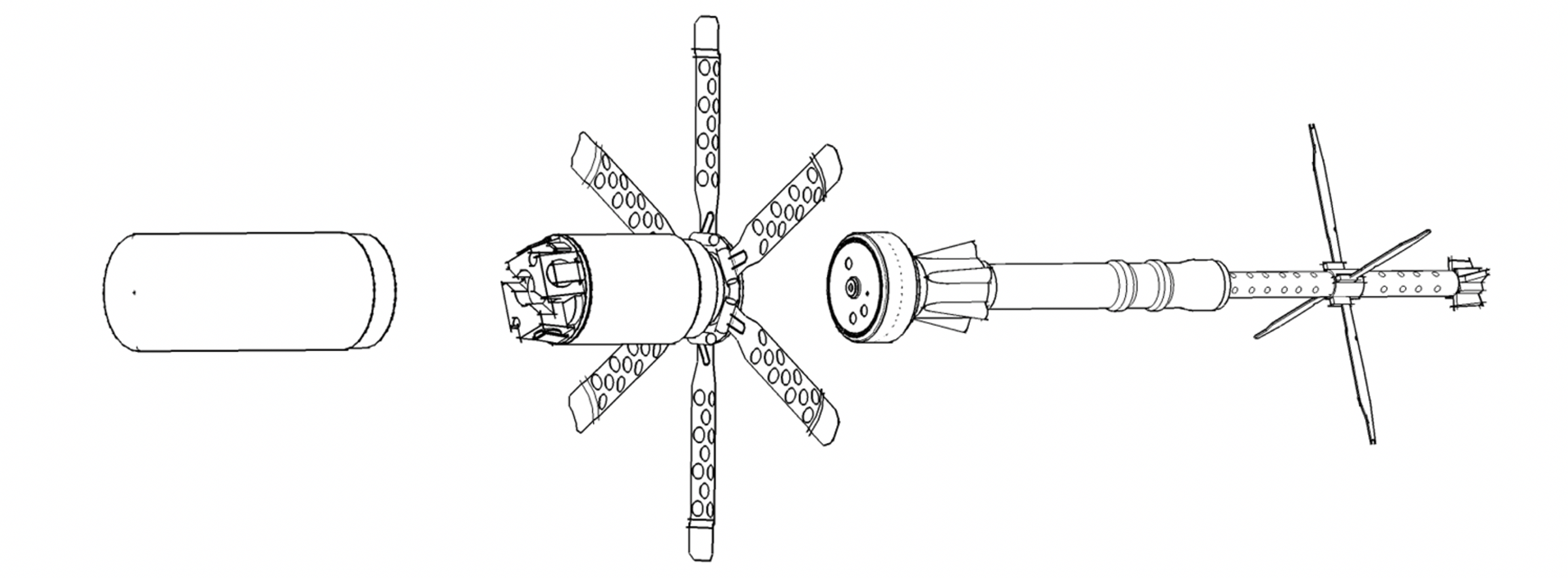
Online imagery shows POM-2 mines delivered by RPG-7 launchers and 82mm mortars in Eastern Ukraine
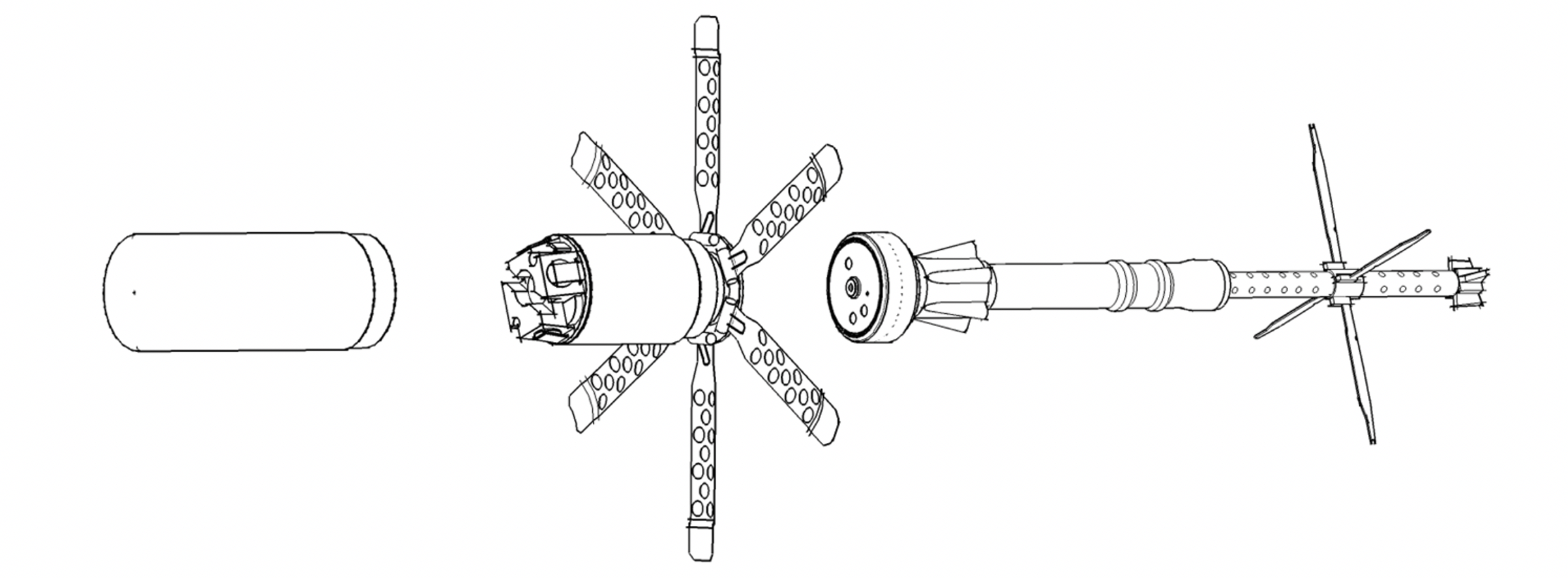
POM-2 anti-personnel mines have started to appear in the Donbas with some rather unusual delivery vehicles. Fighters in the conflict have now resorted to using mortar rounds and rocket launchers to deliver the mines to the other side, when traditional delivery systems have proven to lack range.
POM-2 mines have been reported in the conflict as early as 2014 and documented with open source evidence in larger quantities intermittently since 2017. Traditionally, purpose-built canisters are used to scatter multiple mines over a short distance, giving off a distinctive puff of white smoke in the process.
The war in the Donbas, in its sixth year of virtual stalemate, is characterized by its vast and ubiquitous trench systems along the nearly 500-kilometer long stretch of front lines that separate areas held by Russian-backed forces from those held by the Ukrainian government. With the realities of this style of trench warfare, these improvised mine delivery systems appear to be an attempt to work around the problems it poses.
The POM-2 is not a hugely proliferated type of mine, and its emergence in warzones around the world are usually associated with military presence of the Russian Federation, such has been the case with the Donbas, Syria, and Libya.

It appears that the POM-2 mines in this improvised configuration have some difficulty properly ejecting from their canisters, as evidenced by pictures posted online. This would cause them to be relatively harmless. Additionally, even when properly ejecting from their canisters, POM-2 mines sometimes fail to arm. The idea, however, would be that the mines would eject from their canisters somewhere in the direction that they were fired, and pose a threat to anyone possibly walking around in that area. According to Ukrainian troops standing on the receiving end of these improvised amalgamations, these munitions can be delivered from a kilometer away, making for a very practical method of delivering limited amounts of mines to the other side of the front line.
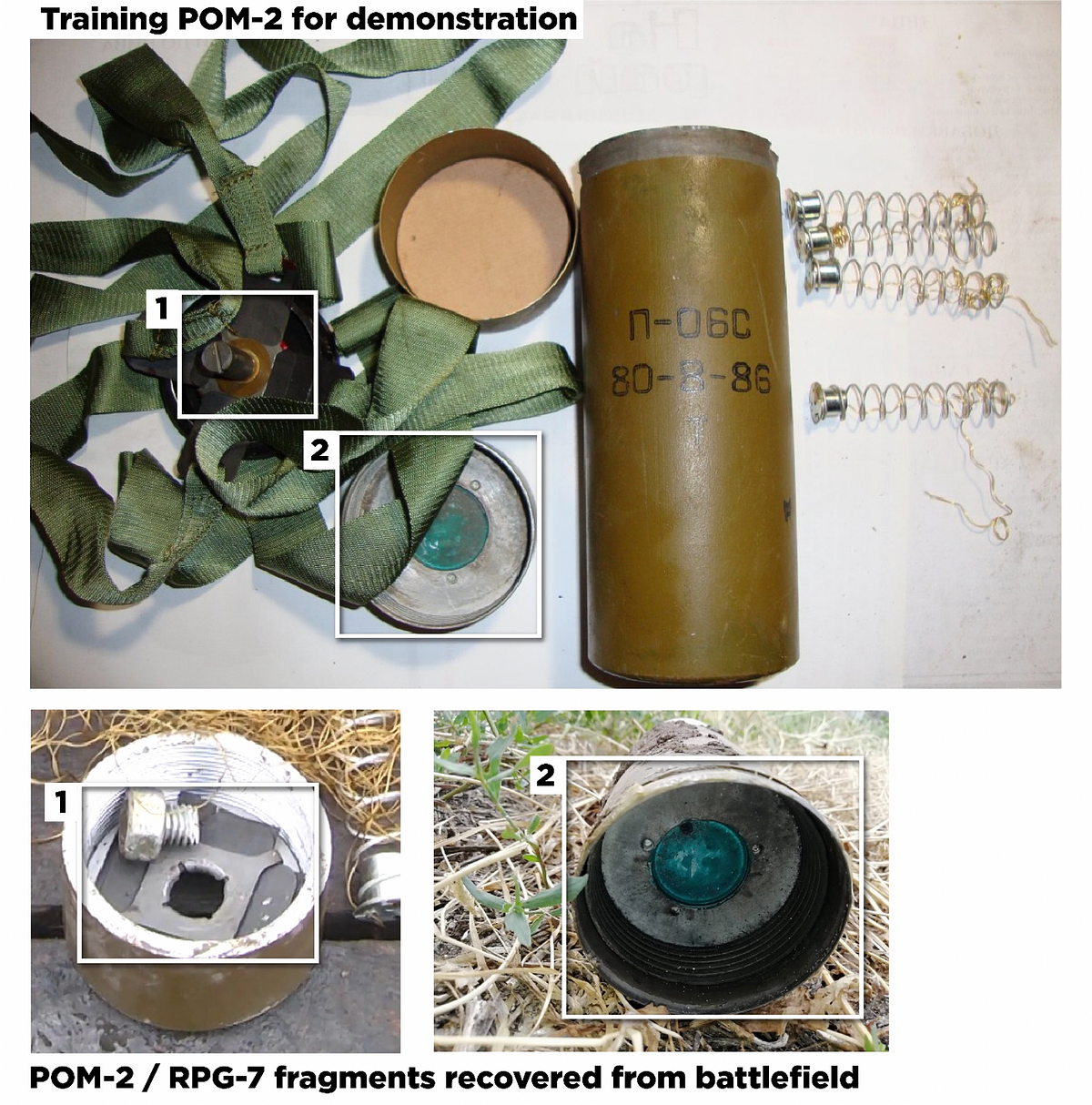
The mine is attached to the RPG rocket in place of a regular warhead using a very simple modification. The contraption uses a standard bolt and nut to secure the mine to the rocket. This is done by cutting off the “swivels” (marked “1” in the above graphic) for the stabilizing ribbons and using it as a form of washer. This “washer” is held against a tubular piece from an RPG-7 rocket to screw into the black circular object that would originally secure the stabilizing ribbons to the mine as it falls to the ground. The black circular object naturally fits in the POM-2 mine, in the part labeled “2” in the above illustration. The tubular RPG rocket piece naturally screws onto the rocket’s engine. The below graphic illustrates the individual parts described (left), and how they look once assembled (right).
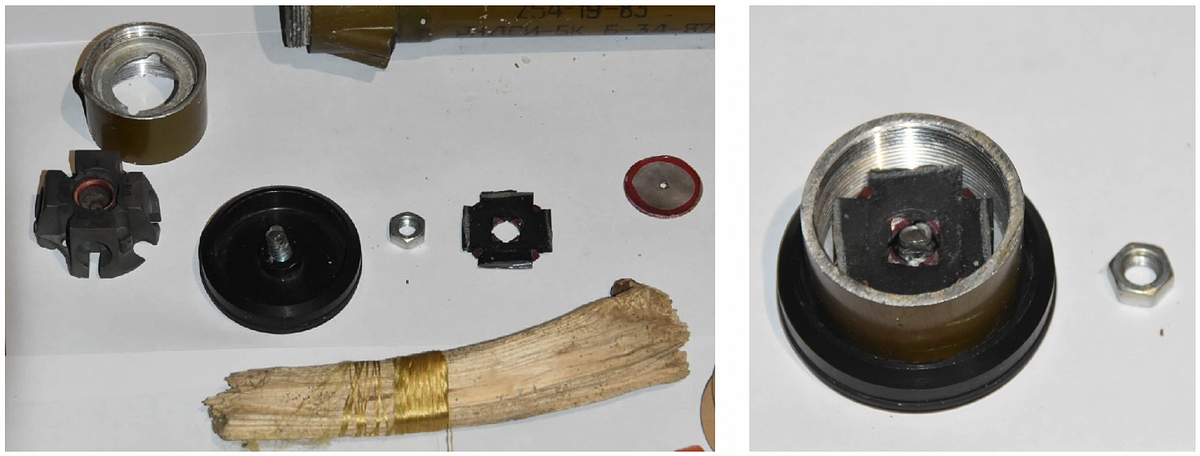
These types of improvised long-range POM-2 contraptions have been around since at least 2018, when imagery of a slightly different sample allegedly surfaced from Syria. The context of the image and its exact origin is unknown.
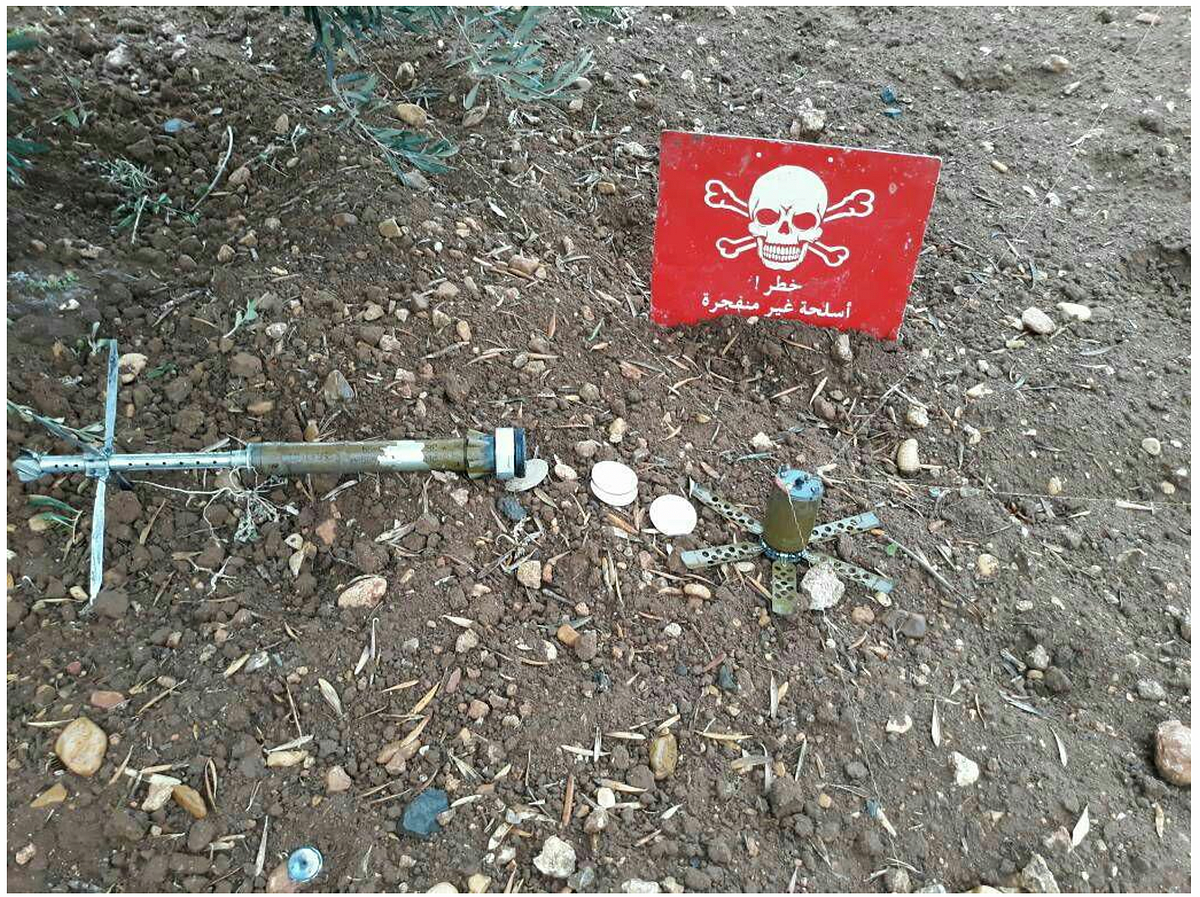
In addition to POM-2 mines delivered by way of RPG-7 launchers, evidence also emerged of these mines being delivered by 82mm mortars. It’s not clear whether mortars offer a significant advantage other than possibly additional range, but it does seem that the increased velocity afforded by the ballistic trajectory has a negative impact on the function of the mines.
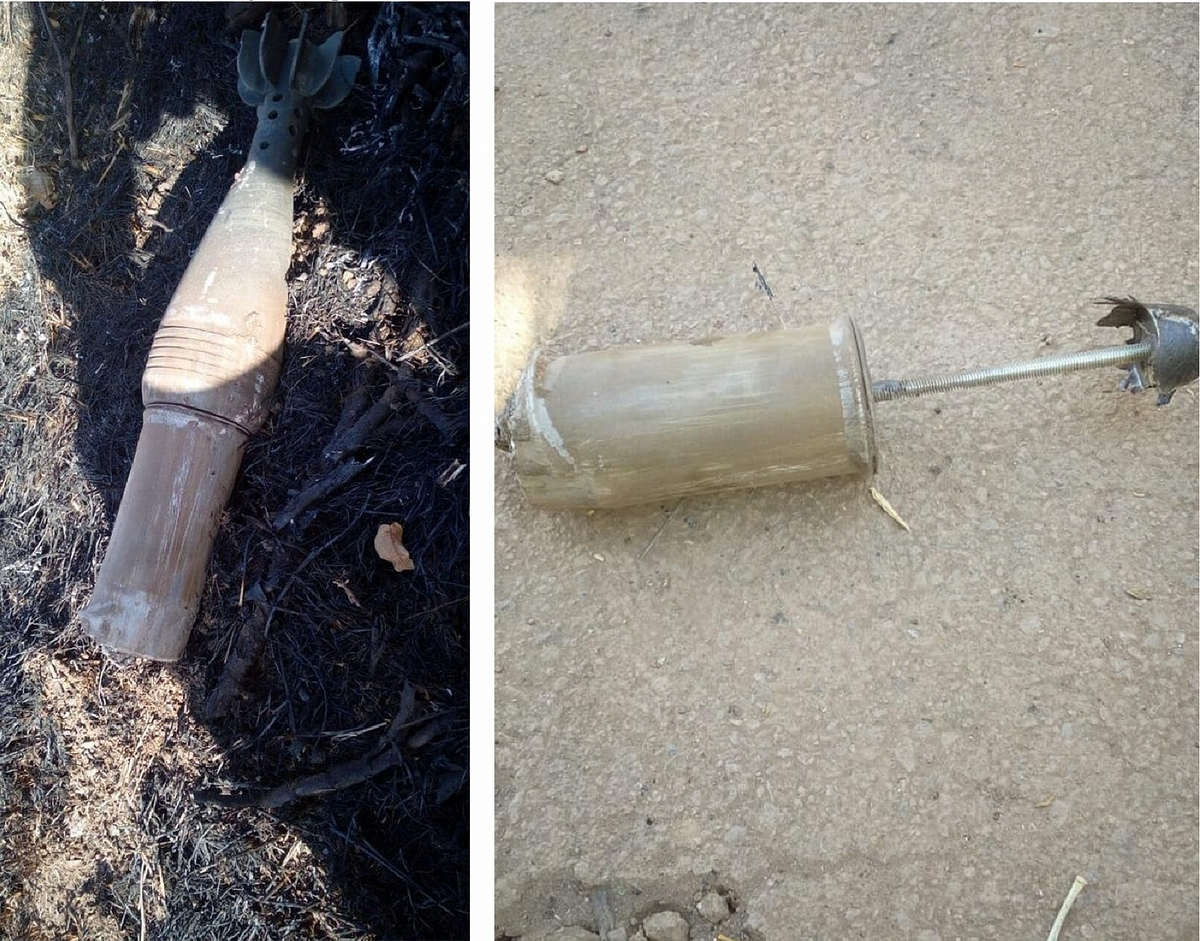
The above images show POM-2 mines, the left attached to an 82mm mortar round, and the right likely showing the rod which attaches it to said mortar type. Both mines have sustained significant damage upon impact and were unable to eject and arm.
Indiscriminate weapons, as defined by the ICRC, are not directed toward a specific military target; can unnecessarily and excessively endanger the civilian population; and are prohibited by Additional Protocol I to the Geneva Conventions of August 12, 1949, Article 51(4). This includes anti-personnel landmines such as the POM-2, which are not remotely detonated by an observer, but instead will blow up when its fuse is tripped, or upon self-destruct. The POM-2 is among the category of mines which will self-destruct a certain amount of time after arming.
Mines and unexploded ordnance present serious hazards, threats, and security impediments to civilians in the Donbas. Eastern Ukraine is one of the most landmine contaminated areas in the world, with landmines and other explosive hazards causing over 40 percent of casualties among civilians in eastern Ukraine in 2018. From April 14, 2014 to March 31, 2020, mines, UXO, and other explosive remnants of war caused a total of 1,091 civilian casualties, including 329 deaths.
Ukraine is party to the Ottawa Convention banning anti-personnel landmines, and ratified it in 2005. However, open-source evidence has cast doubt on whether the treaty has truly been fully ratified. According to a Ukrainian de-miner, Ukraine does field anti-personnel mines but only employs them with fuses that require direct input from an operator to go off. This type of fuse is still in accordance with the Ottawa Convention. Russia is not party to the Ottawa Convention.
Michael Sheldon is a Research Assistant with the Digital Forensic Research Lab.
Follow along for more in-depth analysis from our #DigitalSherlocks.

